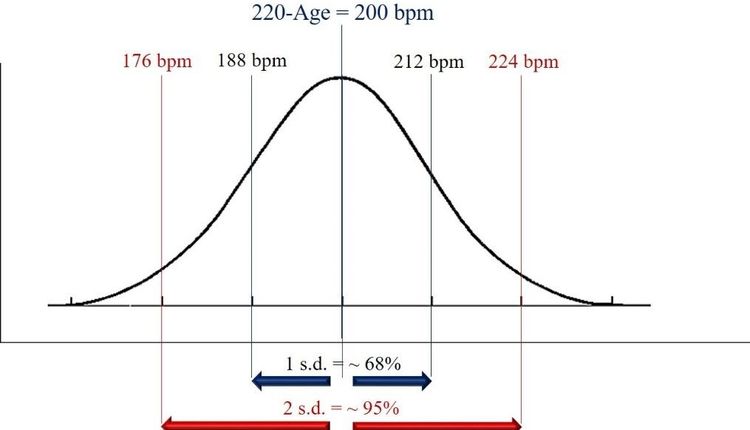Researchers are looking for ways to manipulate a special type of body fat, called "brown fat," to help people burn more calories.
Brown fat generates heat. It's different from white fat, which stores calories. Scientists had thought that brown fat was found only in infants. But studies have shown that adults may have more brown fat than believed.
Researchers want "to increase brown fat slightly or turn it up a bit" to help fight weight gain or increase loss, says C. Ronald Kahn of the Joslin Diabetes Center in Boston and senior investigator in a study published in the New England Journal of Medicine.
The new research showed people have small deposits of brown fat in the neck and around the collarbone. Other findings: Women, younger people and, most important, lean people have more brown fat.
Kahn explains that brown fat is filled with mitochondria, the energy burners of cells, and has enzymes that use iron, which give it a brown color. These particular mitochondria have a specialized protein that allows them to burn extra energy, generating heat.
Kahn say his team scanned almost 2,000 people and found that a significant number had about 1 to 2 ounces of active brown fat compared "to many pounds, in some cases over 100 pounds, of white fat."
But it's estimated that these 2 ounces of brown fat, if fully activated, could burn up to 20% of your basal calories, the calories you burn at rest. So 2 ounces might burn 200 to 500 calories a day, Kahn says.
Other scientists have shown that brown fat can be activated in people by simply putting them in cool rooms (60 to 61 degrees) for a couple of hours, Kahn says. Although cool temperatures may increase the calories your body burns somewhat, it's only part of a complex equation that includes exercise and eating right, he says.
"We don't want to say: 'Don't do anything else, just turn down your thermostat.' There are plenty of people who live in northern climates and do some exercise and are still fat."
Kahn and other scientists are working with biotech and pharmaceutical companies to find ways to increase the amount of brown fat or stimulate its activity. He cautions that such treatments probably are five years away.
News release provided by USA Today. Visit USAtoday.com for more headlines.







